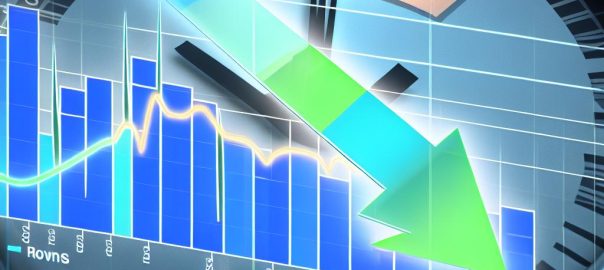Understanding Expiry Times and Their Impact on Profits

Understanding Expiry Times
Expiry times play a vital role in numerous financial and trading instruments, particularly in options, futures, and various derivatives. The expiry time signifies the exact date and time when these contracts cease to be valid, and this has notable repercussions on both the valuation and profitability of these securities. Understanding these time frames is crucial for traders and investors aiming for success in the financial markets.
Expiry in Options Trading
Options contracts represent a significant component of financial markets, primarily utilized for hedging risk or engaging in speculative activity. Each options contract is associated with a specific expiry date, which marks the deadline by which the option needs to be exercised. Beyond this expiry date, the option loses any intrinsic value it holds and, consequently, cannot be executed. Since options are often used for leveraging investments or managing risk, investors must comprehend the implications of expiration dates to make well-informed decisions.
The process of options trading involves analyzing the duration for which an option remains valid and how its intrinsic and extrinsic values change over time. The closer an option is to its expiry, the more critical it becomes for the trader to decide whether to exercise, sell, or let it expire worthless. Therefore, understanding the expiry timeline is integral to developing a solid trading strategy.
Impact on Profits
The expiry time can significantly influence the profitability of options or futures contracts because it directly affects time decay—a factor that diminishes the value of an option as the expiry date approaches. The concept of time decay is crucial for traders since it determines how quickly the premium of an option erodes as it nears expiration. This decay can accelerate as the expiry draws nearer, impacting strategies and potential gains.
For traders, understanding time decay is pivotal as it helps in estimating the erosion of an option’s value over time. By carefully considering time decay, traders can strategize about the most appropriate time to enter or exit a position, thereby maximizing profits or minimizing losses.
Managing Risks and Rewards
As an option approaches its expiration, its time value diminishes, making early and strategic actions critical for managing risk. Traders often deploy various strategies such as rolling over positions to safeguard capital and optimize potential rewards. Rolling strategies facilitate the extension of exposure to an underlying asset without the immediate need for drastic actions. This underscores the significance of understanding expiry mechanics in trading.
Moreover, implementing these strategies demands a profound understanding of the implications of expiry times. By adopting early strategies, traders can mitigate risks or capitalize on opportunities that arise as options near their expiry.
Expiry in Futures Contracts
Futures contracts, much like options, have a definitive maturity or expiry date. This is the moment when the delivery of the underlying asset is scheduled to occur. Being aware of these expiry dates is paramount for traders who aim to manage open positions effectively. The behavior of futures prices might shift considerably as the expiry time nears, which poses both challenges and opportunities for traders in terms of strategic decision-making.
In futures trading, understanding expiry dates assists traders in planning for potential market movements. By being mindful of expiry, traders can anticipate shifts in contract prices and adjust their strategies accordingly to optimize their positions.
Conclusion
In financial and trading spheres, understanding and managing expiry times plays an essential role in optimizing strategies and enhancing profits. Being cognizant of how expiry affects different financial instruments enables investors and traders to plan effectively, minimizing risks and maximizing returns. Whether dealing with options, futures, or other derivatives, the significance of expiry time cannot be overstated. It is a crucial aspect that demands diligent attention and strategic planning for success in the financial markets.
Overall, the ability to navigate expiry times with precision involves a combination of deep market knowledge, strategic foresight, and adaptable risk management practices. Traders who understand these dynamics often find themselves better equipped to make informed decisions that align with their investment goals and market conditions.

